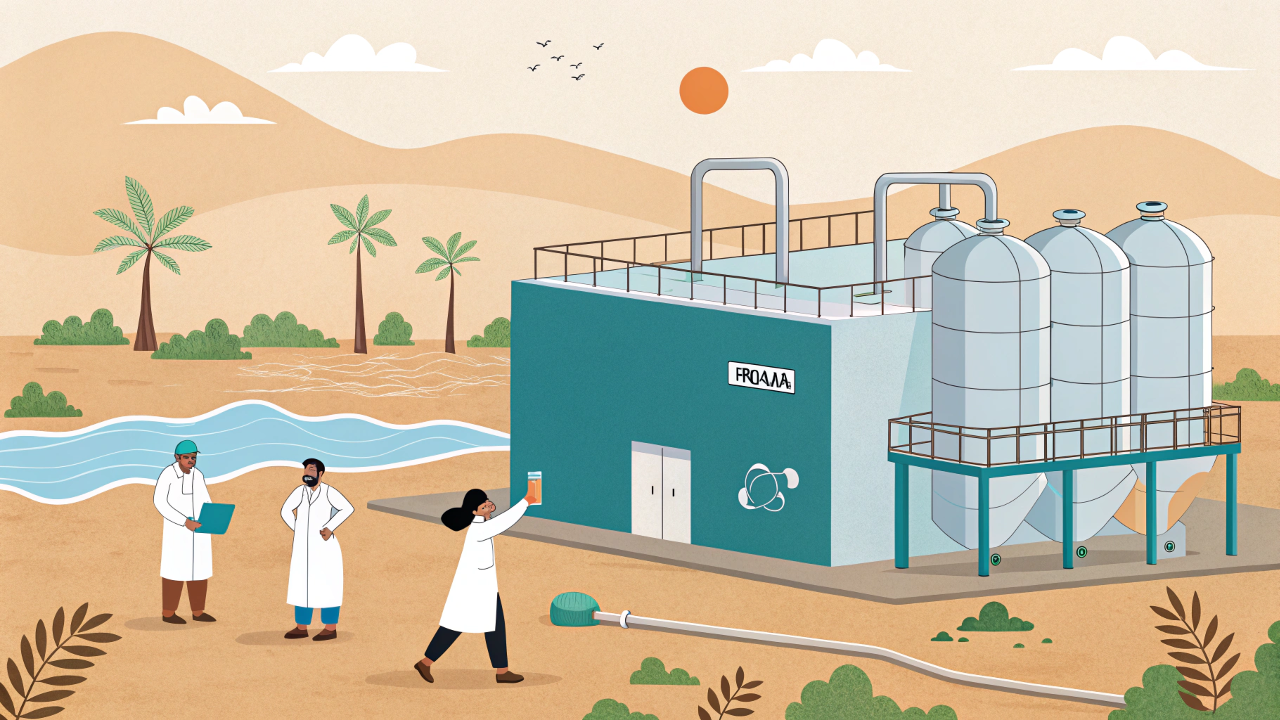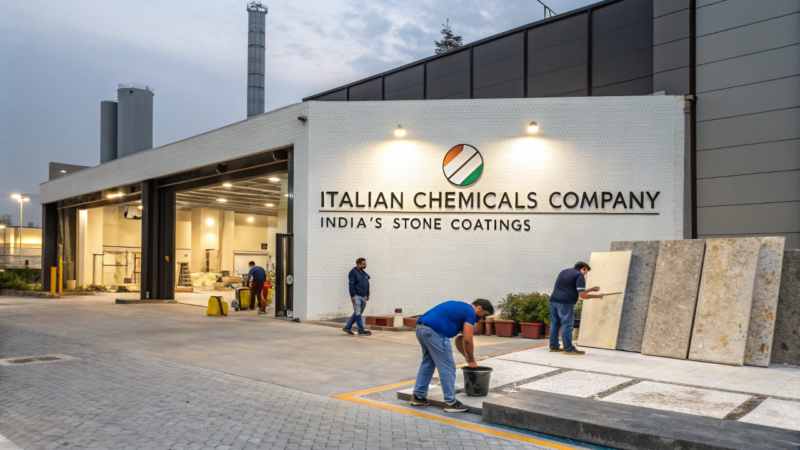
Introduction
With over 600 million people facing water scarcity, India is turning to desalination technology to meet its rising freshwater demand. As climate change and urbanization place immense pressure on natural water sources, large-scale desalination plants are emerging as a critical solution, particularly in coastal states like Tamil Nadu, Gujarat, and Maharashtra.
India’s desalination market, currently valued at $1.8 billion, is expected to grow exponentially, offering huge opportunities for global desalination technology providers, EPC firms, and investors. This blog explores India’s desalination potential, key projects, government policies, and investment prospects for international companies.
Why India is Investing in Desalination
1. Severe Water Stress in Urban & Industrial Areas
- Cities like Chennai, Mumbai, and Gujarat face acute freshwater shortages, driving the adoption of desalination technology.
- India’s per capita water availability is expected to decline to 1,000 m³ by 2050, marking the country as water-stressed (NITI Aayog, 2024).
- Industrial sectors such as power, textiles, chemicals, and manufacturing consume vast amounts of freshwater, increasing the need for alternative sources like desalination.
2. Government Policy Push for Desalination
- National Water Mission (NWM) promotes desalination technology for both industrial and municipal use.
- Viability Gap Funding (VGF) is available for PPP-based desalination projects to offset high capital expenditure.
- State-Level Initiatives: Maharashtra, Tamil Nadu, and Gujarat are offering incentives for private desalination investments.
- The central government encourages green financing for desalination projects, incorporating renewable energy sources.
Major Desalination Projects in India
1. Chennai Nemmeli Desalination Plant (150 MLD)
- PPP Model: Build-Operate-Transfer (BOT)
- Outcome: Provides drinking water for 1 million residents in Chennai.
- Private Partner: VA Tech WABAG, IDE Technologies
2. Mumbai Coastal Desalination Plant (200 MLD)
- Investment: ₹1,600 crore (~$200 million)
- Planned to supply 200 MLD of freshwater to Mumbai’s water-stressed zones.
- Expected to be operational by 2026.
3. Gujarat Hybrid Desalination Project (100 MLD)
- First-of-its-kind renewable energy-powered desalination plant.
- Public-private collaboration with international desalination firms.
- Integration of solar energy to reduce operational costs.
Investment & Business Opportunities for Global Players
1. Desalination Technology Providers
- Reverse Osmosis (RO) Systems: Membrane-based desalination with improved efficiency.
- Electrodialysis & Multi-Stage Flash Distillation (MSF) for industrial and municipal water reuse.
- Hybrid desalination technologies integrating solar and wind energy to lower energy consumption.
2. PPP & BOT Model Desalination Investments
- BOT (Build-Operate-Transfer) contracts are open for bidding.
- Hybrid Annuity Model (HAM) projects offer long-term revenue security.
- Global firms can partner with Indian EPC contractors to bid for desalination tenders.
3. EPC & Engineering Firms
- Turnkey desalination plant construction for municipal and industrial clients.
- Solar-powered desalination plants are gaining traction in states like Gujarat and Rajasthan.
- Smart automation solutions using AI and IoT for optimizing desalination operations.
Challenges & Solutions
1. High Energy Consumption
- Traditional desalination plants consume 3-4 kWh per cubic meter of water produced.
- Hybrid renewable energy-powered desalination is being adopted to reduce reliance on fossil fuels.
2. Project Financing Risks
- Multilateral funding and PPP models mitigate financial risks.
- State and central governments offer tax incentives to attract private investments.
3. Regulatory & Environmental Concerns
- Strict discharge norms for brine waste from desalination plants.
- Use of brine management technologies like Zero Liquid Discharge (ZLD) to minimize environmental impact.
- The government is encouraging Research & Development (R&D) for efficient brine disposal solutions.
The Future of Desalination in India
- The desalination market in India is projected to grow to $4 billion by 2030 as the country expands its desalination capacity.
- Integration of AI and IoT for predictive maintenance and energy optimization.
- Increase in Public-Private Partnerships (PPP) models to encourage foreign technology participation.
- Coastal smart cities will incorporate desalination plants as part of their long-term urban water planning.
Conclusion
India’s desalination boom presents a multi-billion-dollar opportunity for global water technology companies, investors, and EPC firms. With state-backed incentives, private sector participation, and urgent water security needs, now is the ideal time for international players to invest in India’s desalination sector.
External References & Citations:
- NITI Aayog – India’s Water Scarcity & Desalination Strategy
- Ministry of Jal Shakti – Desalination Policies in India
- PPP India – Desalination PPP Projects
- State Water Boards – Tamil Nadu & Gujarat Desalination Plans
- International Desalination Association (IDA) – Global Desalination Trends






